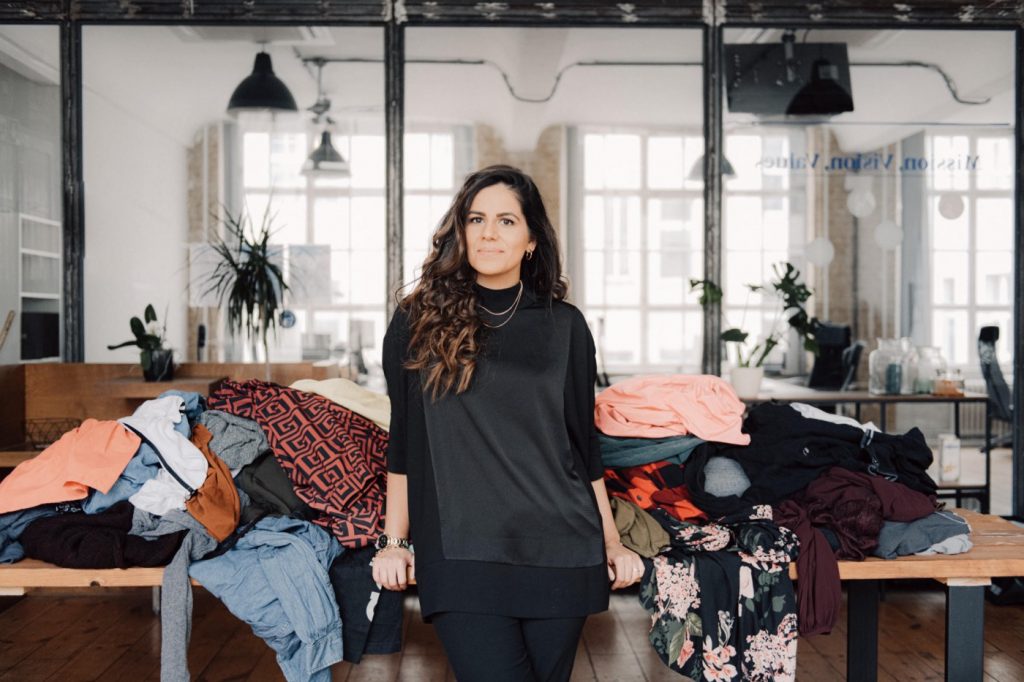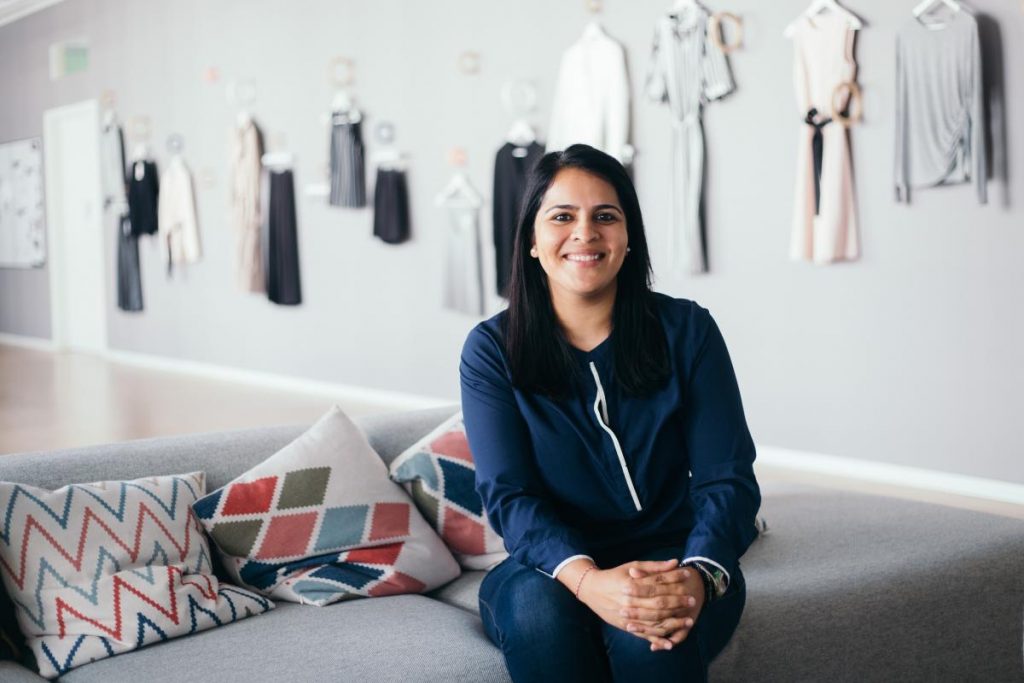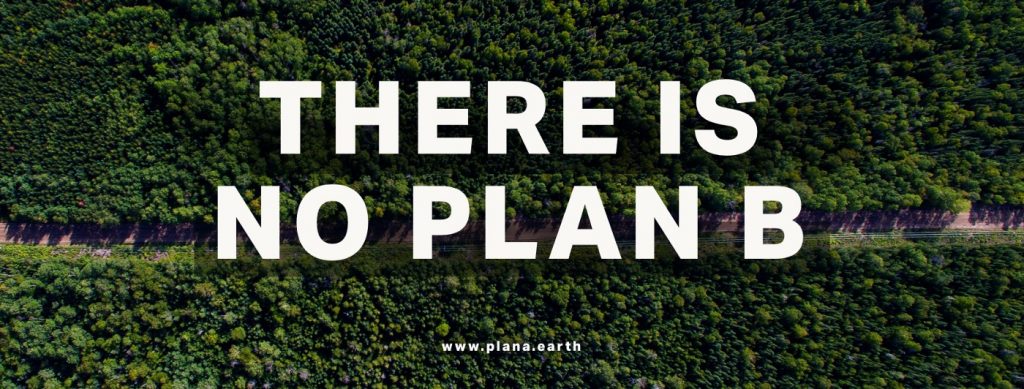On April 23rd, in celebration of Earth Day, James Balzer led a critical discussion among panelists Lubomila Jordanova, Alina Bassi, John Paul Jose, and Namrata Sandhu on the insidious effects of greenwashing.
Here are a few highlights to help you discern truth from fiction, find transparency in the fashion industry, and contribute to positive future impact. Be sure to read until the end, there are some great sustainable business recommendations from the panelists.

Credit: Digital Gipfel 2020
To what extent are you fearful of the rise of misinformation and this information particularly in the space of sustainable development?
Lubomila Jordanova: 50% of claims for carbon neutrality and net zero targets that have been set are not backed by data. This, in a nutshell, means that a company with a marketing campaign claiming carbon neutrality is at an equal battlefield as the one that is really developing a deep understanding of what kind of processes, materials, and factors they have today contributing to CO2 emissions.
Alina Bassi: There is an evident lack of transparency due to brands not naming their manufacturers, suppliers, or raw material suppliers. If we’re not able to even understand where their materials come from or what they’re made of, then how can we really be sure that something is truly sustainable?
John Paul Jose: Norway is one of the largest countries in progress with the use of electric vehicles but at the same time it’s one of the largest nations investing largely on oil. So on the front line they say ‘yeah we’re moving towards a sustainable future by using electric vehicles and our consumers are very much oriented toward sustainability,’ but at the same time the nation itself has a lot of promotions for the oil industry so they’re actually diluting real progress.
Namrata Sandhu: I think we need a lot more of that from brands and businesses, just the honesty to say ‘we don’t know all of this information but we’re on the way and we’re happy to take the feedback on board’ and be really transparent with that.
In the space of corporate social responsibility and sustainable capitalism what are the main proliferators of misinformation and what are some common tricks used to misconstrue the truth?
Alina Bassi: I like to give the example of H&M. People give them a bad name but to be honest, there’s a reason for it. If you are an organization promoting fast fashion but you have one small eco line, that doesn’t mean that all is solved. They also don’t pay their workers fairly, so to me they are the perfect example of a brand that is contributing to fast fashion but also trying to greenwash.

Lubomila Jordanova: A good company that understands sustainability takes sustainability as a journey, it doesn’t take it as an end goal. It doesn’t take it as something that happens overnight. They see if they actually have taken steps to start fully understanding their scope and organizing their data. They also openly say that they have a lot to do and a lot to improve.
Considering the sustained critique of the fashion industry’s impact on the environment, what challenges does the fashion industry face when trying to communicate sustainability initiatives and practices?
Namrata Sandhu: Fashion trends existence is not sustainable as a process, so I think that’s the one biggest issue that the fashion industry faces. What we have in the world is more than enough for us to live on and to survive for a really long time so how do you get out of that pattern of creating new things? I think managing all of that in fashion is particularly challenging compared to some other industries like food where you need to consume it to survive so that makes it much more difficult from a sustainability and a communication perspective as well.
Alina Bassi: To add to what Nam said, the most sustainable product is the one you don’t buy so the fashion industry just in that sense cannot be sustainable because they’re producing new things. But if we are going to buy something, we should always look up whether it’s made out of recycled materials so that we actually repurpose waste.
If there’s one thing you believe brands can do better to address greenwashing what would it be?
Alina Bassi: Reduce waste in your supply chain, reuse it as much as possible and you won’t need to find other resources.
Namrata Sandhu: Understanding what drives your carbon impact is the first step that companies can take. Once you start to measure it and understand where that impact comes from, you can start to take steps to reduce it.

John Paul Jose: If a company is producing sustainably then there is actually no carbon footprint, because the carbon footprint which we have even if we’re not doing anything comes from the production in which those companies are engaging.
Lubomila Jordanova: We’re mixing definitions of key elements of how we actually explain being successful in sustainability. If companies invest time and effort into really engaging their employees and consumers about what their real impact is and what these little and big steps are that could be taken for this impact to be reduced, the effects of claiming that you’re taking your journey on sustainability would allow for others to be entertained and excited by your work.
Carbon offsetting is a form of greenwashing when companies don’t actually reduce their emissions, but until technology exists for all companies to go carbon neutral or carbon negative, is it really so bad? Is it a good intermediate solution?
Lubomila Jordanova: Carbon neutrality is a really interesting topic because, in my opinion, greenwashing is absolute if you only rely on compensating by buying some credits.
Namrata Sandhu: I think offsetting offers some intermediate solutions that people can take, but really the focus has to be on reductions and businesses doing that at a larger scale so I don’t think taking smaller steps is good enough anymore. We have really big targets to meet!
John Paul Jose: Our mission should start today shouldn’t be something that we should focus on for 2050 or 2030. These kinds of things actually need to be addressed today!

Throughout our discussion, the panelists also recommended looking into sites such as Armed Angels, Dariadeh, Vestiaire Collective, Climate Changemakers, and apps Giftd and Goodonyou to continue their sustainability efforts. We encourage you to continue the discussion on this important topic and take action to prioritize sustainability at work and at home.

If you want to be in the loop for future events, sign up for our newsletter.